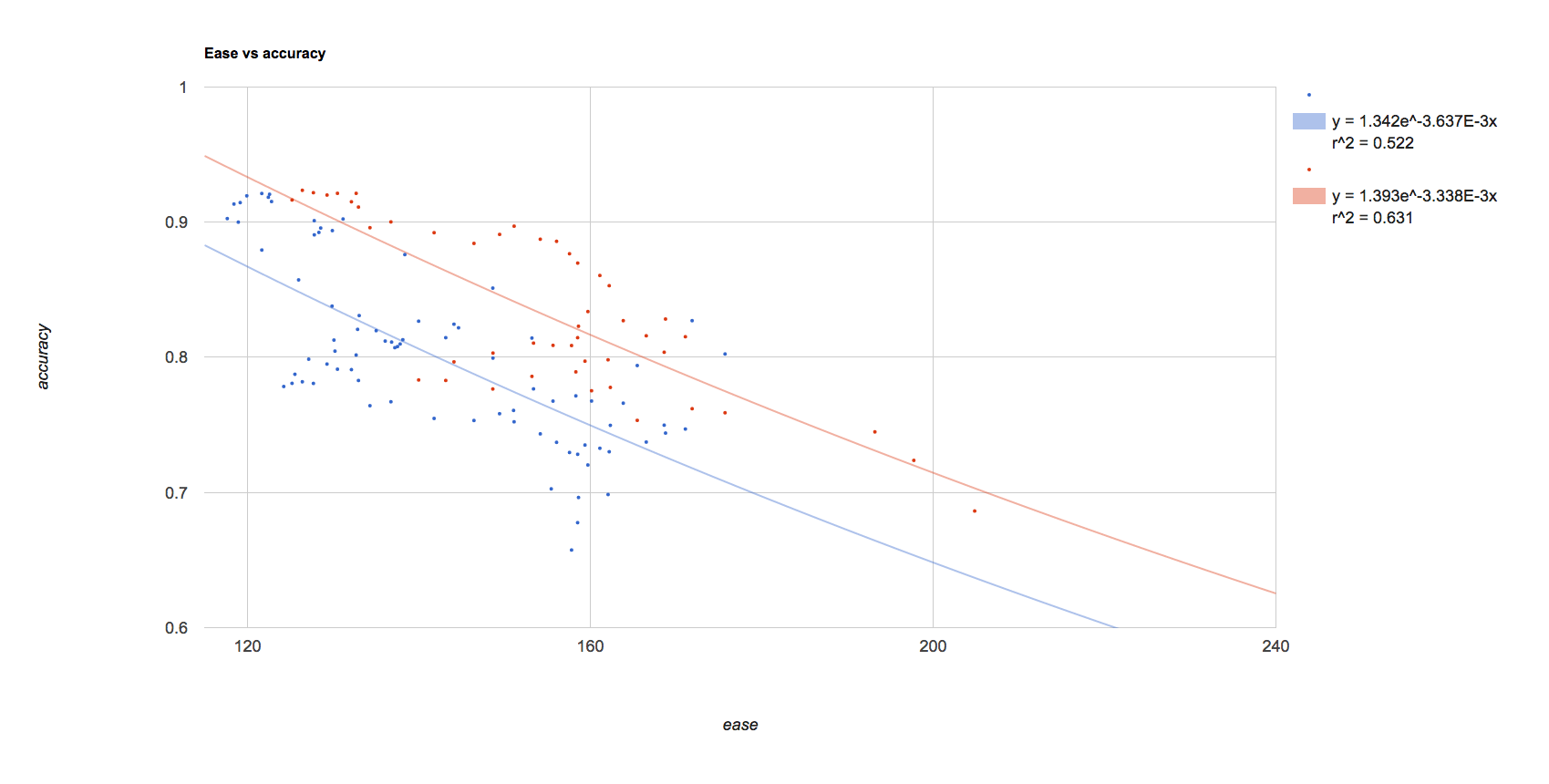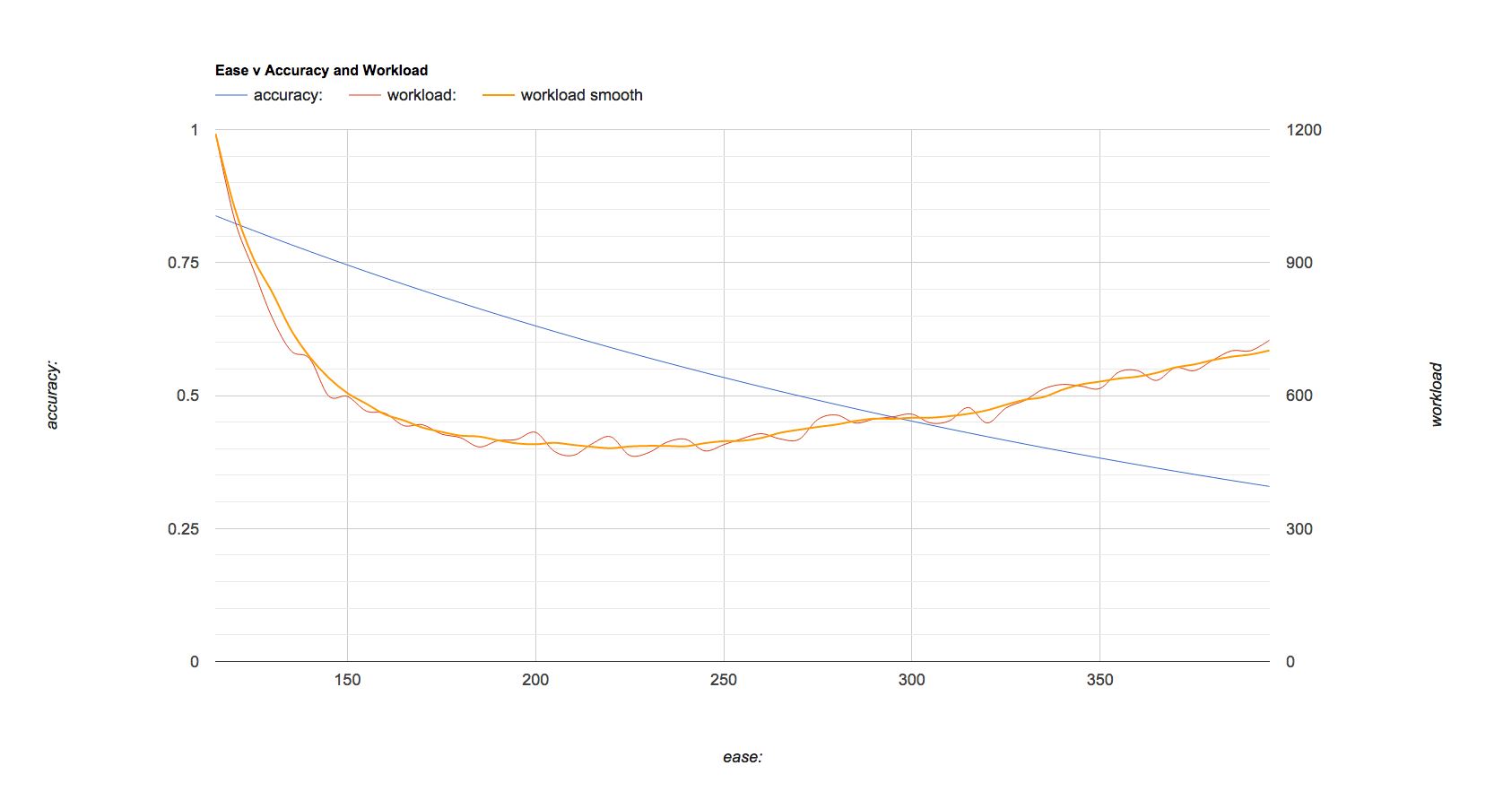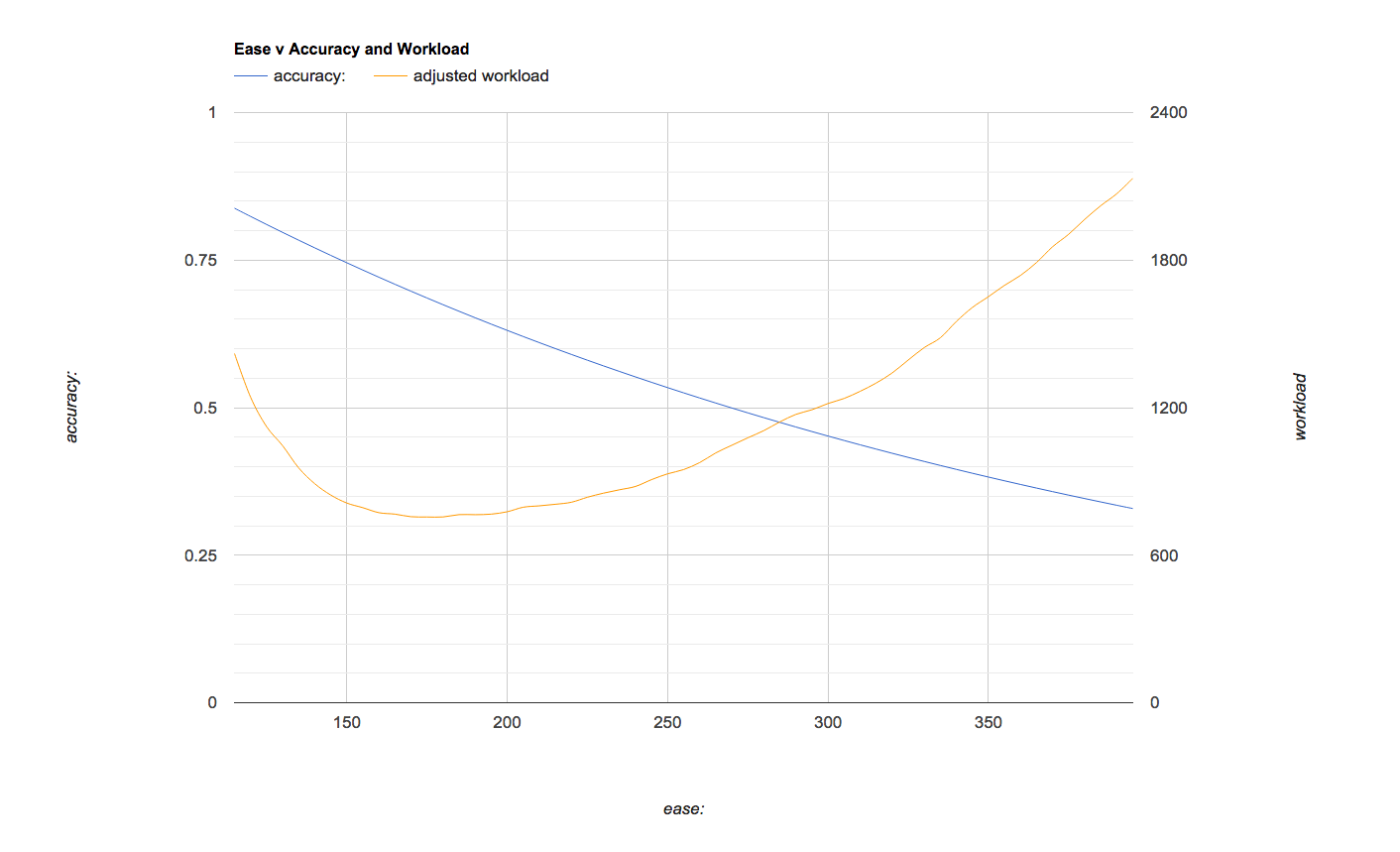Previously I’ve written about buonaparte’s Listening – Reading method. I highly recommend reading the first article as I go into detail on materials and methodology. This article is more of an addendum to the L-R article as it is applied to the unique requirements of learning Japanese. Buonaparte’s original write up is a little hard to follow(though worth the effort) so I’m writing a simple overview of the most important aspects. As before, I’ve kept buonaparte’s words as much as possible and only edited and reformatted his/her content for brevity and clarity.
Recall that the core of the L-R method is that you are listening to Japanese as you read along in English.
The Tools
- Three column parallel text with the Japanese sentence in L1, spaced hiragana, and Kanji.
- Playlist with audiobook version of the text divided into individual sentences.
- A mouse-over pop-up dictionary if necessary.
Before or During L-R
- Learn Kana (Hiragana & Katakana)
- Familiarize yourself with Kanji (see below)
- Familiarize yourself with some basic syntax and grammar
The Method
I read a sentence in English. I click the mp3/wav file in L2 (language I’m learning, say Japanese). The mp3 file is looped, I don’t stop listening. I need to hear/understand how many words there are in the sentence I’m listening to, what is the grammar of the sentence, what sounds, pitch, intonation. I use the parallel text, and if necessary a mouse-over pop-up dictionary. Let me stress once more: I don’t stop listening.
When I understand what I’m hearing, I concentrate on kanji for a moment – I don’t stop listening, I listen and look at the sentence written in kanji, I try to identify the components (I didn’t use Heisig, I learned all the classical bushu and their Japanese names). And that’s it for the time being – no speaking, no reading without listening, no writing. The parallel written texts are only there to help me with my listening, at this stage, nothing more. Then the following sentence – the same procedure.
After some 20-30 sentences, I click .m3u (the playlist link) – I again listen to the sentences I’ve just listened to, in a row without stopping, I always have the parallel text ready to quickly check, in case I forget something. I don’t memorize anything – I concentrate on recognizing the meaning, words, grammar, sounds in the sentences I’ve just ‘learnt.’ Then the following paragraph. Then the following paragraph, and so on. Until the end.
Then I start from the beginning. This time I only listen, but always have the parallel texts ready, just in case, to check, if necessary. Then… another book – same procedure. From time to time I listen to something new at the same level or easier and only listen to check if I understand it ‘naturally’ – relying only on what I’ve already learnt. If I do (and like it), I go on listening. Only after reaching the stage of ‘natural’ listening to difficult texts, I concentrate on speaking
Kanji
I never learnt kanji as single entities. I always learnt words in texts (audio + transcript + translation + pop-up dictionary). I never memorized any kanji. I relied on massive comprehensible exposure.
I didn’t care about the order of learning kanji or words/expressions, how frequent or infrequent they are. I was interested in what a given text meant (be it the title of a movie, a whole story or a novel). I didn’t care whether I forgot or didn’t forget.
I DID use some kind of a system to remember kanji:
- I learnt 214 classical bushu (they are building blocks of kanji). It only takes a few hours to learn all the bushu. I learnt their Japanese names. I made a one-page table and printed it for quick reference. Some components can be a kanji on their own, some are just parts of other kanji. If you don’t know kanji for a word, it’s all right to write the word in hiragana only.
- I learnt stroke order rules – they are very easy to remember with hardly any exceptions.
- I read Len Walsh’s book and two introductions to kanji dictionaries.
Example:
黒kuro (black) in 黒澤 明Kurosawa Akira (one of the very best film directors ever) is made up of 田ta (rice field) + 土 tuti (earth, soil) + 灬rekka (raging fire) {里+灬} 里 sato (village) and灬. In other words, kanji have their own ‘alphabet’ – recurring elements that have their names and are easy to remember, because they mean something and you will see them time and again in many words.
Some tips:
- Make your kanji font really big – you must feel comfortable, you must clearly see all the strokes and components. Then you can make the font smaller and smaller.
- Change the font – don’t get used to one font only. It will teach you what really is important in a kanji. Kanji may look different depending on the font.
- Avoid furigana – it is much better to rely on parallel texts (kanji – spaced hiragana) + audio as long as possible.
- Neither kana nor kanji mark pitch accent – you’d better listen to everything you’re learning, be it pronunciation, kana, kanji, grammar, vocabulary or novels.
Speaking
Practicing speaking is the same as with vanilla L-R. Concentrate on pronunciation/speaking by repeating after the recordings. Repeat after the speaker what you only understand (the meaning) and can hear properly (phonemes, rhythm, etc). Blind shadowing (without understanding) is a waste of time and effort.


